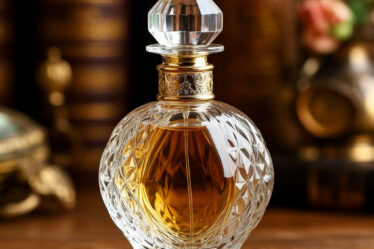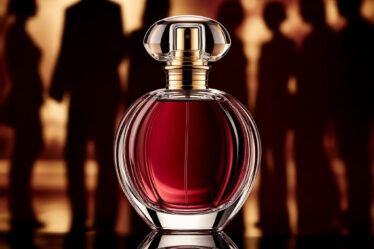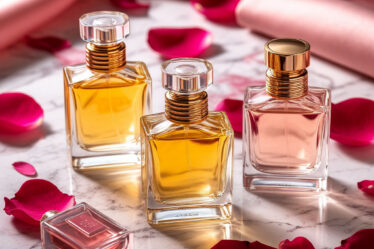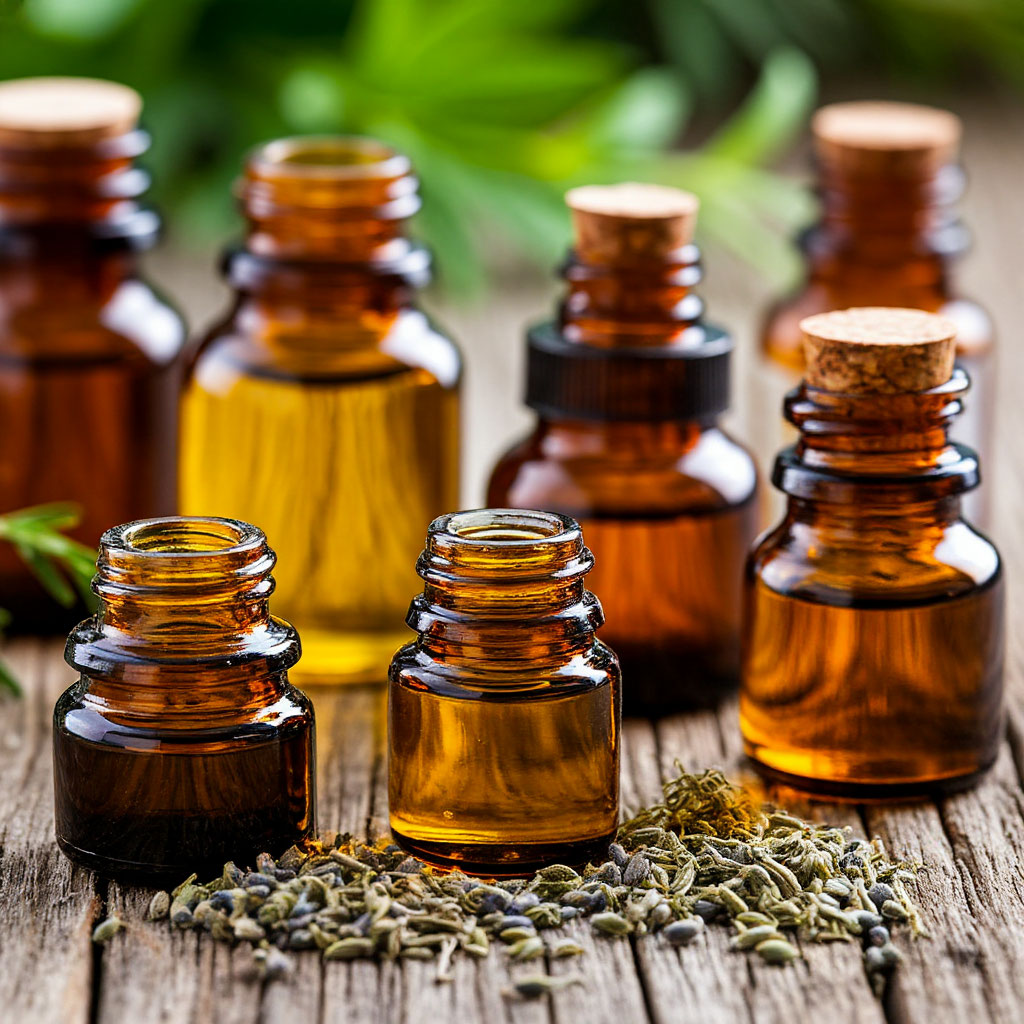
Since ancient times, people have believed in the power of scents to awaken desire and passion. The aphrodisiacs myth still stirs imagination today: some think applying the “right” fragrance guarantees attraction, while others doubt it entirely. But what does science really say?
Do essential oils and arousing scents have real power, or is their effect just suggestion? In this article, we’ll explore how these aromas work, the influence of scents on the brain, and whether their connection to sexuality is grounded in evidence or psychology. Let’s separate fact from fiction.
“Sexy” scents are more about context, association, and skin chemistry than magic notes. Our Beauty Club mini-brochure separates myths from facts and shows how to choose, layer, and wear sensual fragrances safely. You’ll find a printable PDF at the end of this article.
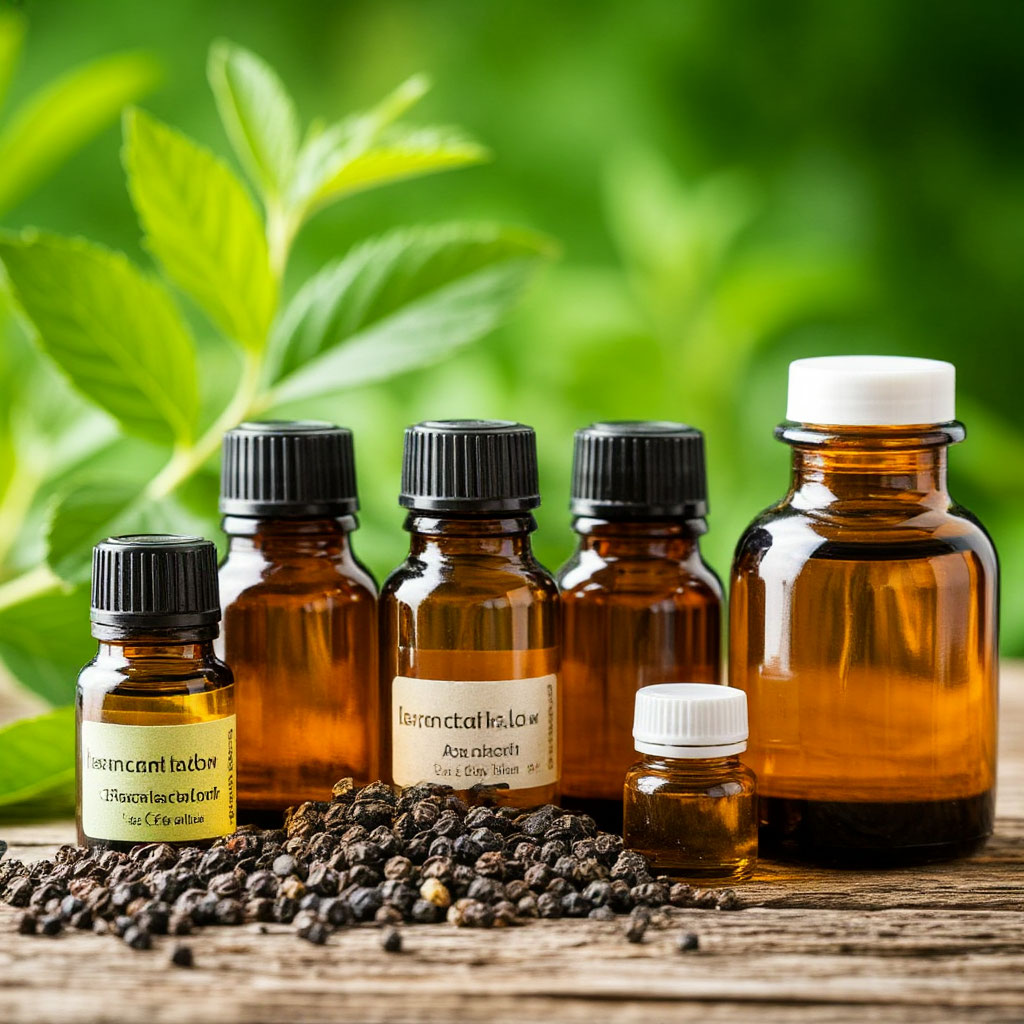
What are aphrodisiacs
Aphrodisiacs are often romanticized as magical ingredients that trigger instant desire, but their true nature is far more nuanced. These substances, found in both natural and synthetic forms, have long been thought to influence attraction. To understand whether there’s real science behind the belief, we must first explore their historical and cultural significance.
From Ancient Rituals to Modern Perfumes
The aphrodisiacs myth has existed for centuries. Ancient Egyptian priests used incense to intensify desire. In India, sandalwood and jasmine oils were recommended for romance. The term itself comes from Aphrodite, the goddess of love. But are these beliefs rooted in biology — or wishful thinking?
The Influence of Scents on Emotion
Our sense of smell directly connects to the limbic system — the brain’s emotional center. This is why arousing scents can shift moods, stir memories, and trigger feelings without conscious thought. Still, the influence of scents is deeply personal: what ignites one person’s sexuality may do nothing for another.
Psychology and Cultural Conditioning
The power of perfume often lies not in chemistry, but psychology. When someone believes a fragrance enhances their sexuality, they behave more confidently — and that energy is contagious. Societal ideas also shape reactions to scent: certain aromas are seen as seductive due to long-standing associations, not biological facts.
Here are some key psychological factors that influence why we believe in aphrodisiacs:
- Expectation effects enhance perceived attraction;
- Cultural stereotypes link certain scents to sexuality;
- Personal memories trigger emotional responses;
- Confidence boosts due to belief in scent power.
Science on the Aphrodisiacs Myth
Research offers a mixed picture. Vanilla and lavender tend to soothe, while patchouli and ylang-ylang may enhance arousal. Yet the effect isn’t universal. The aphrodisiacs myth persists, though studies suggest its appeal is driven more by psychology than reliable physiological responses.
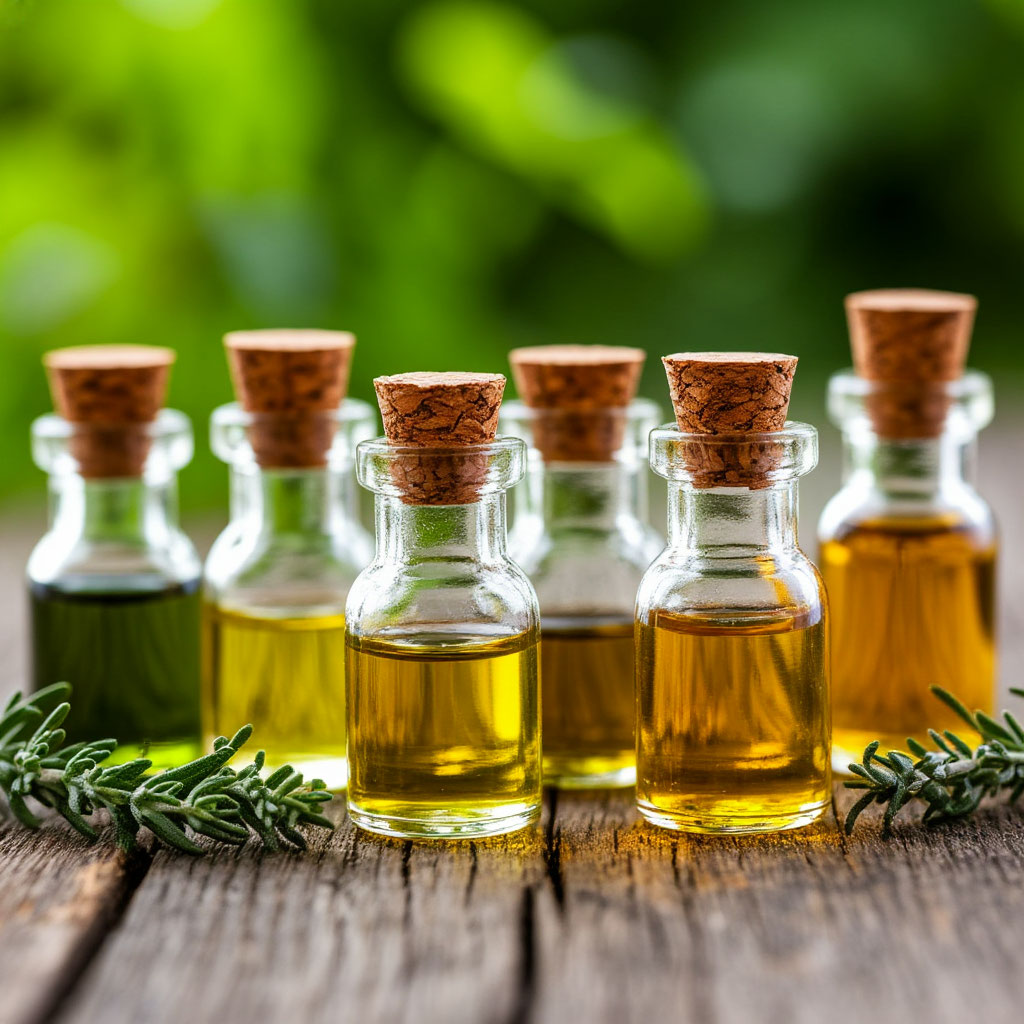
How smell affects perception
Desire isn’t triggered by scent alone — it’s a combination of mood, environment, and expectation. Fragrances influence us because they link directly to memory and feeling, bypassing rational thought. Whether calming, nostalgic, or exciting, a smell can subtly shape how we experience closeness and connection.
The Brain’s Emotional Pathways
Scents are processed through the limbic system, bypassing conscious filters. This direct path explains why certain aromas can spark immediate reactions. The influence of scents can be subtle or intense, but it’s rarely the same from one person to the next. That’s why claiming a universal aphrodisiac is more fantasy than fact.
Pheromones: Fact or Fiction?
Some perfumes claim to contain pheromones that increase attraction. However, humans don’t have a functioning vomeronasal organ like many animals. This weakens the case for such claims. Although body odor components can affect perception, labeling them as aphrodisiacs falls into the same trap as the larger aphrodisiacs myth.
Why Belief Matters
If you’re convinced your scent is seductive, you’ll naturally act more open, flirt more often, and radiate confidence. These behaviors influence how others perceive your sexuality — not the scent itself. Again, the influence of scents intertwines with psychology.
Brands love to lean on the aphrodisiacs myth to sell perfume. But science suggests scent alone won’t transform someone’s appeal. Sexuality is a layered experience shaped by confidence, body language, and social cues — not just arousing scents.
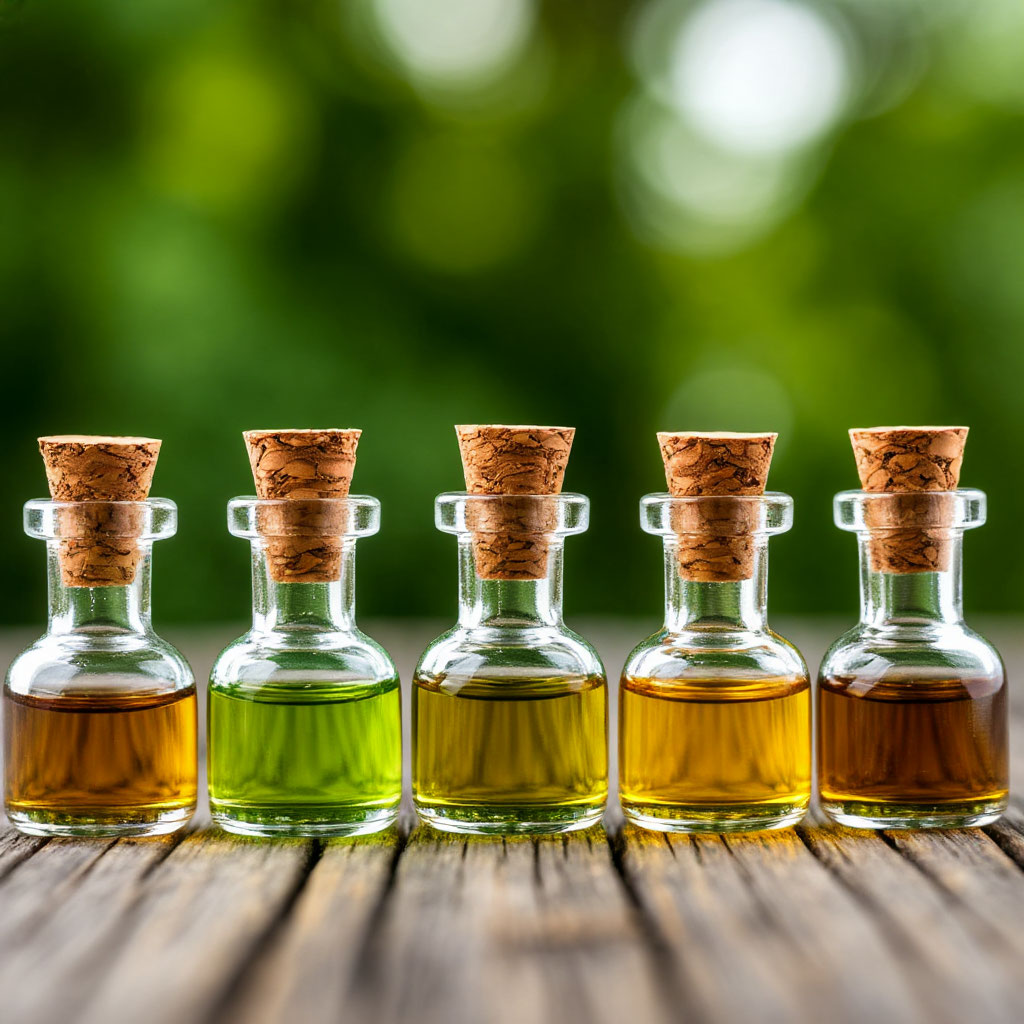
Essential oils and desires
Essential oils like jasmine and ylang-ylang are often used for their mood-enhancing properties. But while they may create ambiance, their direct link to sexuality is overhyped. Understanding the influence of scents requires nuance.
What Happens in the Brain
Inhaling aroma molecules activates olfactory receptors that send signals to emotion centers. But the influence of scents on human behavior depends on mood, memory, and personal history. That’s why the idea of a consistent, biological aphrodisiac is part of the broader aphrodisiacs myth.
No One-Size-Fits-All
Cultural differences affect how scents are perceived. Rosemary may feel cozy in one region and mystical in another. This shows that reactions to arousing scents are shaped more by environment than DNA.
Aromatherapy: Real or Placebo?
Oils like citrus and lavender influence mood — citrus energizes, lavender calms. But saying they increase sexuality crosses into speculation. The aphrodisiacs myth persists because we often mistake emotional comfort for desire. Here again, psychology trumps chemistry.
A Grounded Approach
Instead of searching for magical arousing scents, focus on what makes you feel confident. Scents work by supporting mood: they relax, uplift, and soothe. The real key to attraction isn’t the perfume — it’s the person wearing it.

The opinion of scientists
Controlled studies over the past decade show no consistent arousing effect from any one aroma. A double-blind experiment by Oxford University involving 500 volunteers found no statistically meaningful physiological changes linked to so-called aphrodisiacs.
Brain Imaging and the Myth
MRI scans reveal that the brain reacts to pleasant scents — but not uniquely to those marketed as aphrodisiacs. “We found no distinct neural patterns for these scents,” says Cambridge neuroscientist Mark Williams. This undermines the scientific basis of the aphrodisiacs myth.
Biological Limits
Human olfactory receptors don’t function like those of animals. “We lack the mechanisms that make pheromones so effective in other species,” explains Dr. Lisa Feldman from Harvard Medical School. The aphrodisiacs myth doesn’t hold up under biological scrutiny.
Cross-Cultural Findings
A global study spanning 15 countries showed wild variation in how scents are received. Jasmine sparked romantic feelings in the Mediterranean but reminded Scandinavians of funerals. These results underscore how strongly the influence of scents is tied to culture and psychology, not biology.
Some researchers are now shifting toward personalized scent profiles that account for genetic smell receptors. “We’re moving away from the one-size-fits-all aphrodisiacs myth,” says Dr. Robert Chen of MIT. “The future lies in tailored formulas that suit each individual’s perception.”
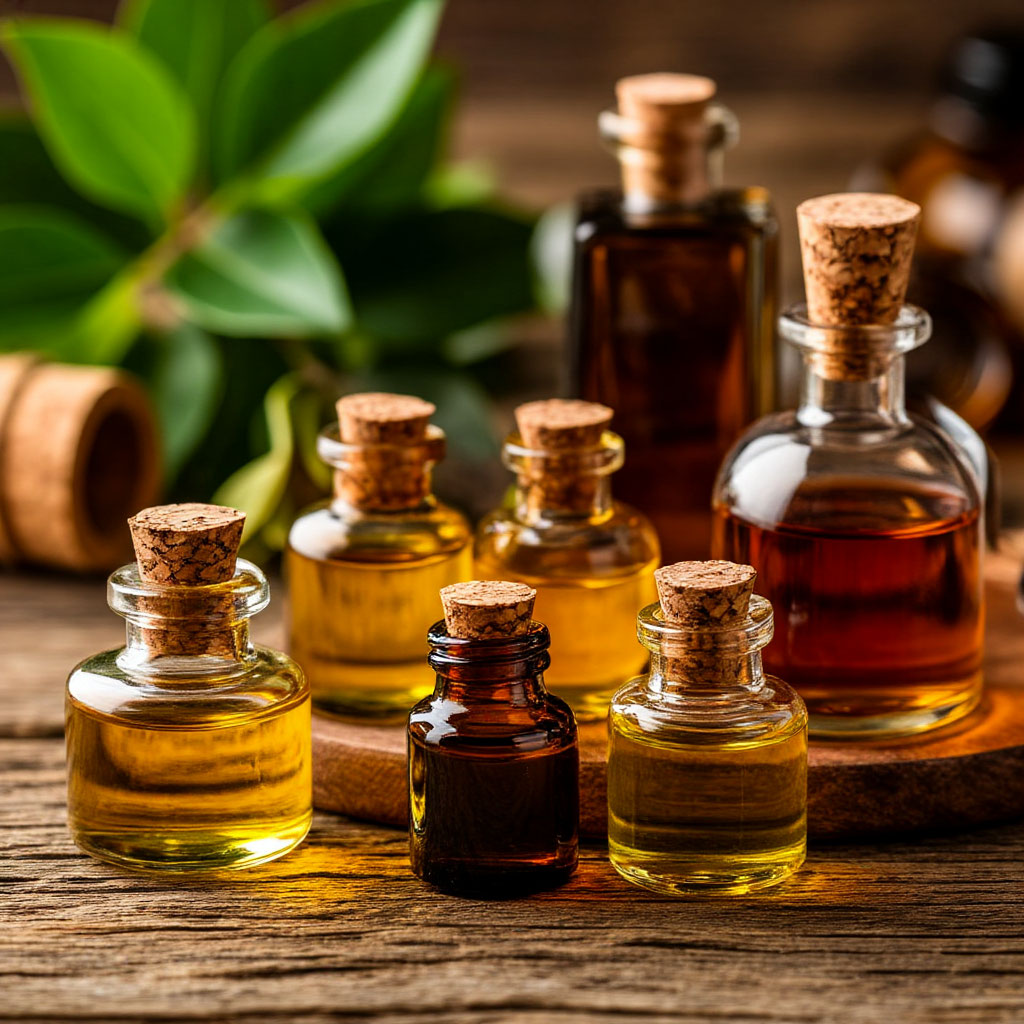
Popular components
The fragrance industry loves a seductive story. But how much truth lies behind the ingredients labeled as aphrodisiacs? Let’s take a closer look at the psychology and cultural weight behind today’s most talked-about notes.
Common Ingredients and Associations
| Ingredient | Association | Science Says |
|---|---|---|
| Musk | Animalistic, primal | Symbolic effect; no pheromonal action |
| Ylang-Ylang | Romantic, exotic | Enhances mood, but results vary |
| Patchouli | Earthy, spiritual | Influence shaped by cultural context |
| Vanilla | Comfort, indulgence | Triggers pleasant memory, not arousal |
| Jasmine | Love, floral richness | Emotionally loaded, not biologically so |
| Sandalwood | Warm, woody | May ease tension, no libido link |
Animalic Notes
Musk, ambergris, and castoreum once held strong reputations as aphrodisiacs. While they smell rich and primal, their connection to sexuality lies more in the imagination than hard science. They mimic natural musk but don’t replicate its biological function.
Floral Elements
Roses, jasmine, and ylang-ylang are often described as feminine and alluring. These arousing scents appeal thanks to their links with purity, youth, and emotional intimacy. Yet their influence is more about cultural storytelling than any direct biological impact.
Warm Spices
Vanilla, cinnamon, and cardamom are comforting. Their “arousing” label comes from their emotional warmth — they remind us of holidays, baking, and security. This makes them feel intimate, but the connection to sexuality is emotional, not hormonal.
To sum up, the psychological appeal of these warm spices includes:
- Associations with comfort and safety;
- Evocation of pleasant memories;
- Creation of intimate, cozy atmosphere;
- Emotional warmth rather than biological arousal.
Woody Accords
Sandalwood, patchouli, and cedar offer grounding depth in fragrance. In some cultures, they’re linked to masculinity or sacred rituals. But again, their power lies in perception. The influence of scents here is subtle and layered — rarely automatic.
Synthetic molecules mimic many of these smells and are sometimes designed to provoke arousal. But so far, none consistently deliver results. The aphrodisiacs myth survives through hope, fantasy, and psychology — not clinical evidence.
Pick a mood (soft musk, warm amber, or cozy vanilla), dose lightly, and let it settle on moisturized skin.
Download the brochure (PDF): Beauty Club — Aphrodisiacs in Fragrances

